13 Simple Tips To Raise A Well-Behaved Cat
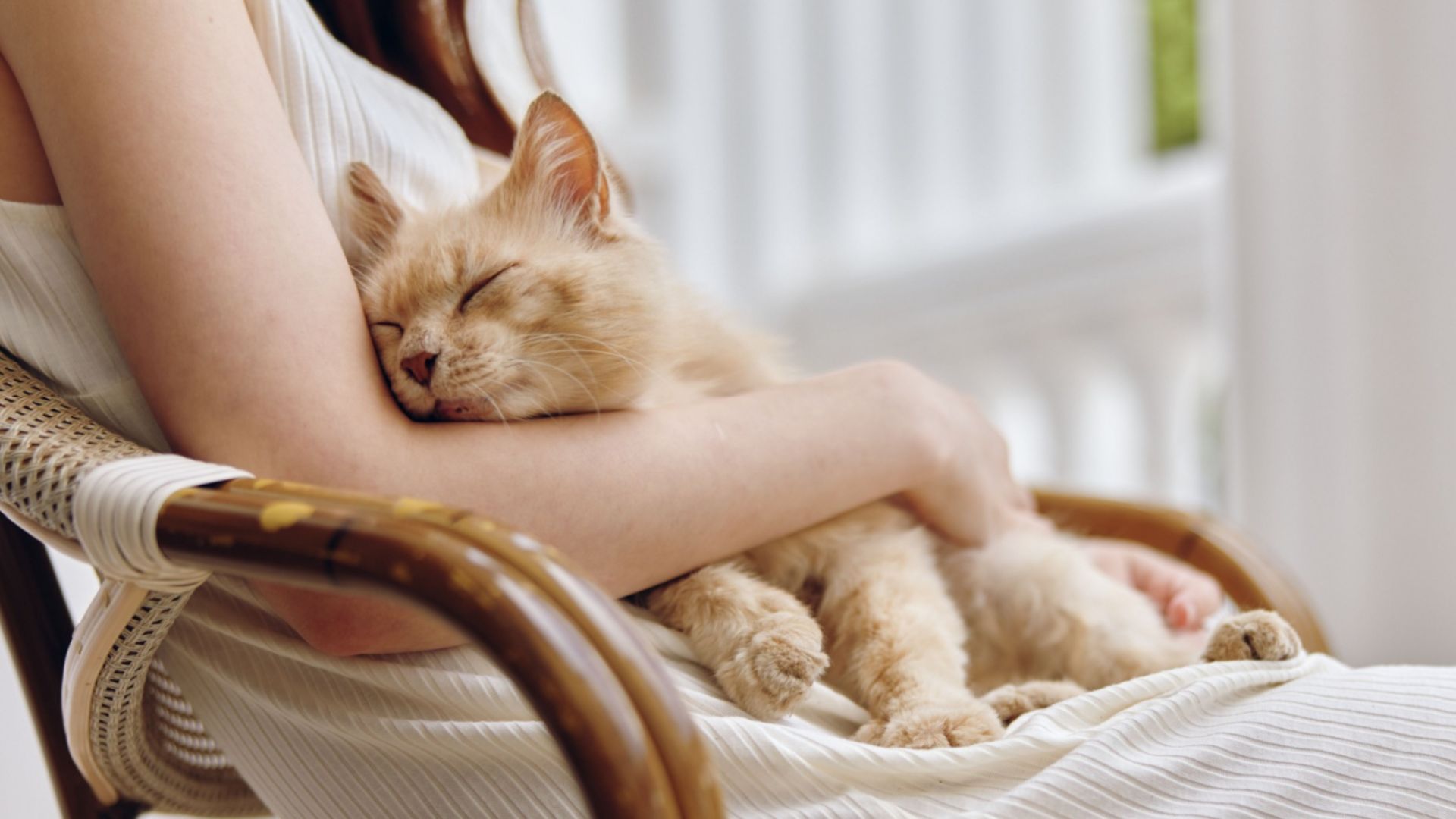
Raising a cat with good manners doesn’t have to be a mystery – yes, even the sassiest felines can learn a thing or two about polite behavior!
From early socialization to understanding body language, a little guidance goes a long way. With patience, consistency, and a few clever tricks, you can turn your mischievous kitty into a well-behaved companion.
Ready to help your cat be their best-behaved, purr-fect self? Let’s get started!
1. Start Early with Socialization

The early bird catches the worm, or in this case, the well-mannered cat. Socializing your kitten at a young age is crucial for developing a calm and friendly demeanor. Introduce them to various people and environments, ensuring they experience different sounds and sights. This exposure helps them adapt to new situations without fear.
Imagine your kitten as a tiny sponge, absorbing the world around them. By acclimating them to different stimuli, you nurture their confidence and sociability. Invite friends over, play gentle music, and take them on short, safe trips outside. This variety enriches their world, preventing future behavioral issues.
Remember, patience is key. Allow your kitten to explore at their own pace, rewarding them with treats and praise for calm interactions. This gentle encouragement paves the way for a cat that’s not only well-behaved but also a delightful companion. Your efforts will be rewarded with purrs and head nudges, the ultimate feline approval.
2. Provide Plenty of Playtime
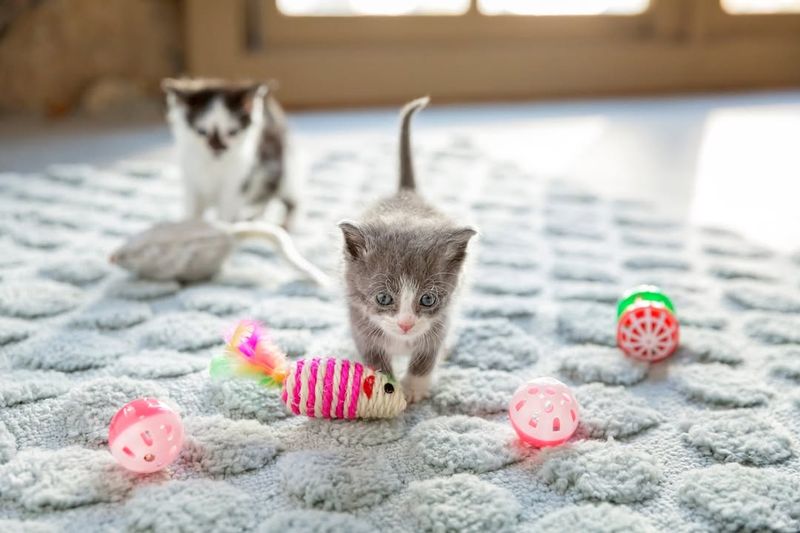
Playtime isn’t just for fun; it’s a feline necessity! Regular play sessions are essential for a cat’s mental and physical well-being. By engaging them in interactive play, you help expend their energy, reducing the likelihood of mischievous behavior.
Imagine a bored cat as a ticking time bomb of energy, ready to unleash havoc on your curtains. Providing a variety of toys, from feather wands to jingle balls, keeps them entertained and sharpens their hunting instincts. Schedule daily playtime to strengthen your bond and ensure they have an outlet for their energy.
Keep things exciting by rotating toys, introducing new challenges, and even creating DIY playthings. The more you mix it up, the less likely they are to engage in unwanted antics. Play not only tires them out but also reinforces positive interactions between you and your feline friend. Remember, a tired cat is a well-behaved cat, and your home remains happily claw-mark free.
3. Create a Stimulating Environment
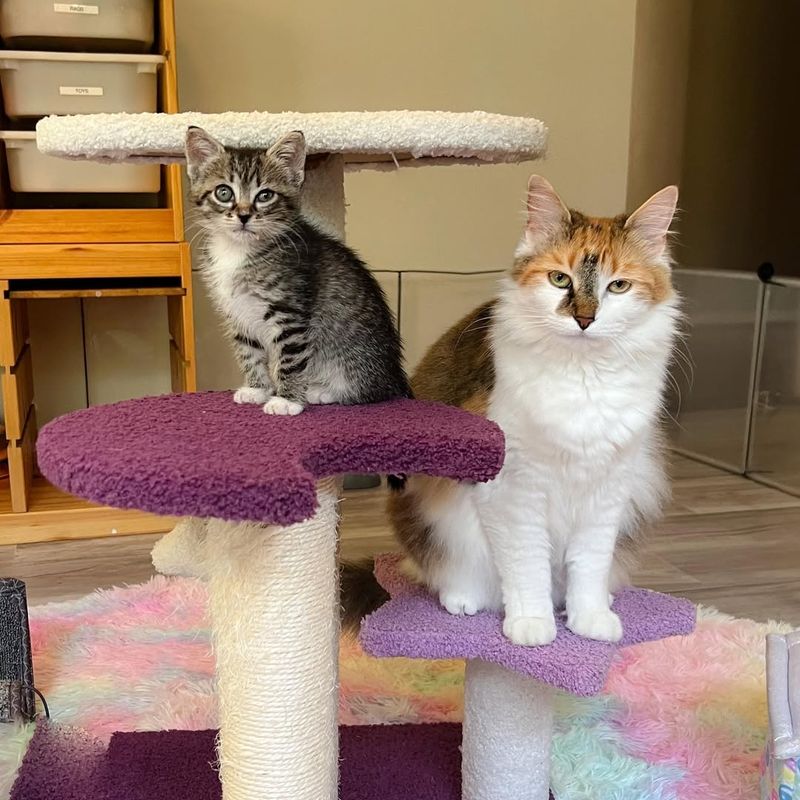
Ever wonder why your cat climbs the curtains or knocks things off the shelf? It’s their way of seeking stimulation! Providing an enriched environment satisfies their natural curiosity and prevents unwanted behavior.
Picture your home transformed into a feline playground. Install cat trees, shelves, and perches to offer vertical exploration. Add scratching posts to save your furniture and ensure their claws are well-maintained. Interactive toys that dispense treats add an extra layer of fun, encouraging them to actively engage with their surroundings.
Consider creating a cat-friendly window perch for bird-watching or a cozy nook for quiet contemplation. Rotate toys and introduce new scents to keep things fresh and intriguing. By catering to your cat’s inquisitive nature, you promote positive behavior and minimize the chances of boredom-induced mischief. Your cat will thank you with contented purrs and a well-behaved demeanor, making your home a peaceful haven.
4. Establish a Consistent Routine
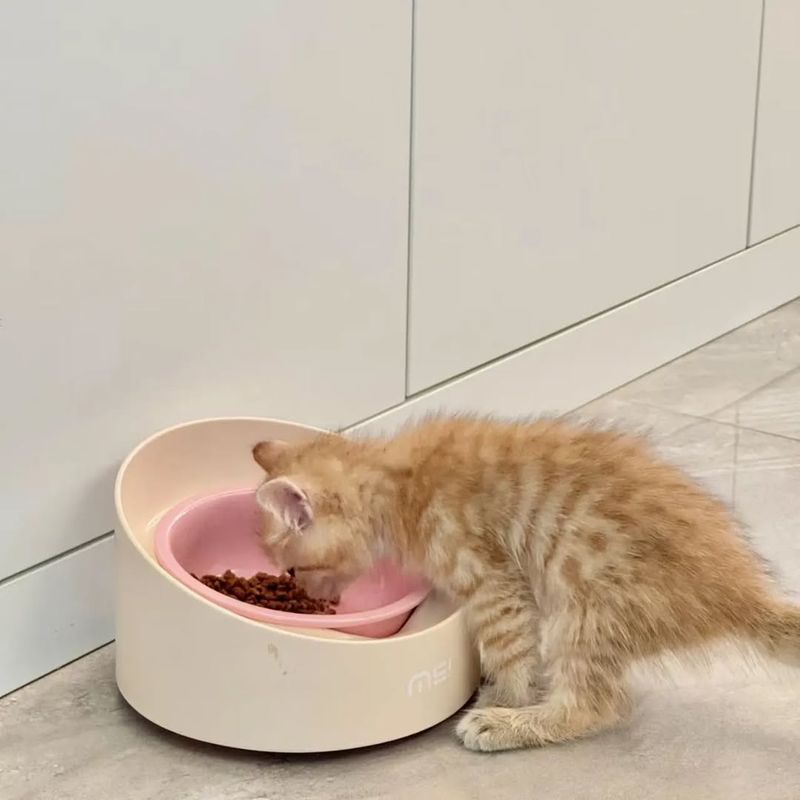
Cats are creatures of habit, thriving on routine and predictability. Establishing a consistent daily schedule for feeding, playtime, and rest helps them feel secure and reduces stress. With a routine, your cat knows what to expect, which can enhance their overall behavior.
Imagine a world where breakfast is served at the same time every day. Your cat anticipates mealtime, reducing anxiety and the likelihood of disruptive meowing or begging. Regular play sessions provide an outlet for energy, while scheduled rest periods allow them to recharge.
Consistency extends to training, too. Use the same commands and rewards to reinforce good behavior. A well-structured day leads to a balanced and contented cat, less prone to behavioral hiccups. By providing the stability they crave, you’re laying the foundation for a harmonious relationship with your feline friend. After all, a predictable routine is the cat’s meow, making life smoother for both of you.
5. Use Positive Reinforcement
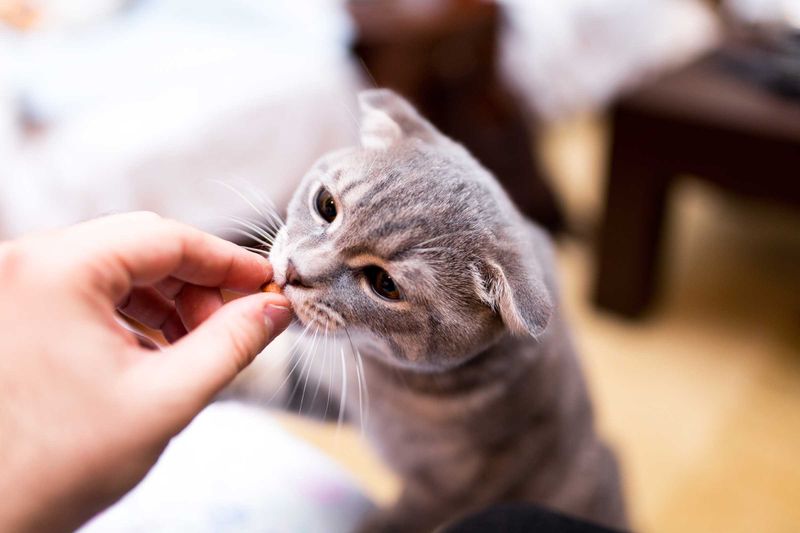
Why criticize when you can praise? Positive reinforcement is a powerful tool in shaping your cat’s behavior. Rewarding desired actions with treats, affection, or play encourages them to repeat those behaviors.
A quick reward of a tasty treat or a loving pat motivates them to continue this good behavior. This method focuses on celebrating successes rather than correcting mistakes, fostering a positive learning environment.
Consistency is key. Reward immediately after the desired behavior to reinforce the connection. Over time, your cat learns what pleases you, and who doesn’t love to make their human happy? By focusing on positive interactions, you nurture a trusting relationship and guide your cat towards becoming the well-behaved pet you’ve always dreamed of. Remember, a little bit of praise goes a long way in the feline world.
6. Respect Their Space
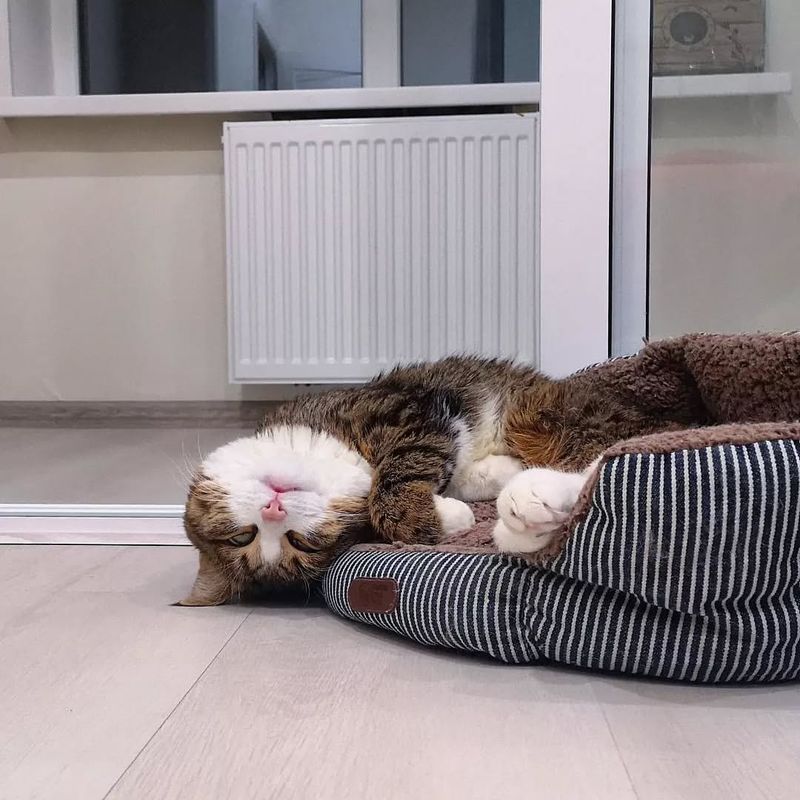
Cats, unlike dogs, are fiercely independent and value their personal space. Recognizing and respecting this need is crucial for raising a content and well-behaved cat.
Providing quiet, undisturbed areas where they can relax helps reduce stress and prevent defensive behaviors like hissing or hiding. Encourage family members and visitors to give your cat space, especially when they’ve retreated to their safe zone. By allowing them to approach on their own terms, you’re respecting their autonomy and fostering trust.
Remember, a cat that feels secure and respected is more likely to be affectionate and well-mannered. By honoring their need for solitude, you’re paving the way for a harmonious coexistence, marked by mutual understanding and respect.
7. Regular Health Check-Ups
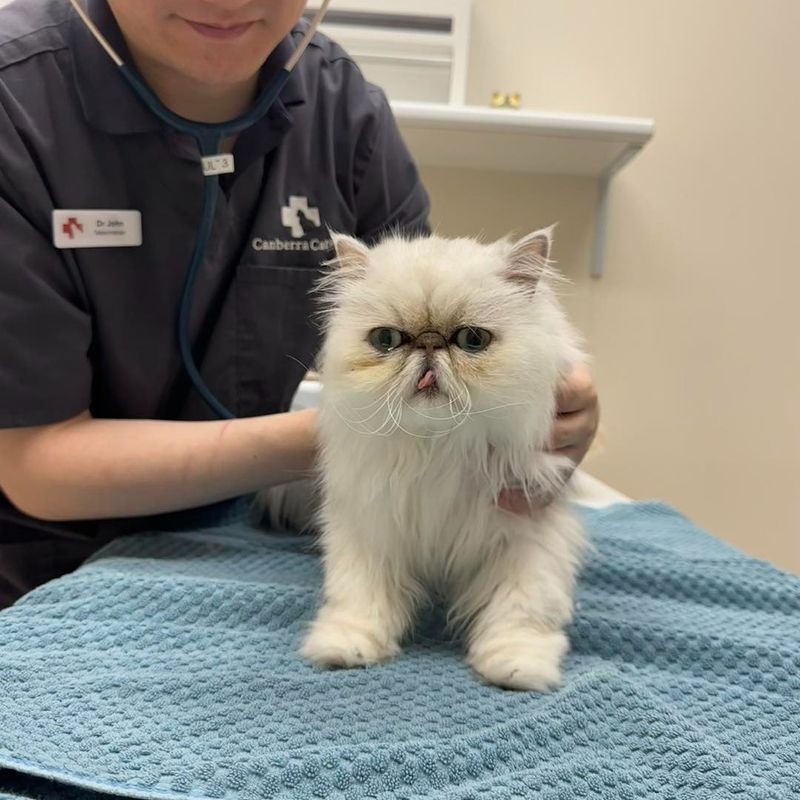
Healthy cats are happy cats, and regular veterinary check-ups are vital for preventing and addressing health issues that can affect behavior. Routine exams ensure your cat remains in peak condition, both physically and mentally.
Think of these check-ups as tune-ups for your feline friend. They help detect issues early, such as dental problems or obesity, which can lead to discomfort and behavioral changes. Vets can also advise on nutrition and preventative care, key factors in maintaining your cat’s well-being.
Make the vet visit a stress-free experience by acclimating your cat to their carrier and rewarding calm behavior. A healthy cat is more likely to be a well-behaved one, eagerly participating in family life without the distraction of health concerns. Regular health check-ups are an investment in your cat’s happiness and your peace of mind.
8. Understand Feline Body Language
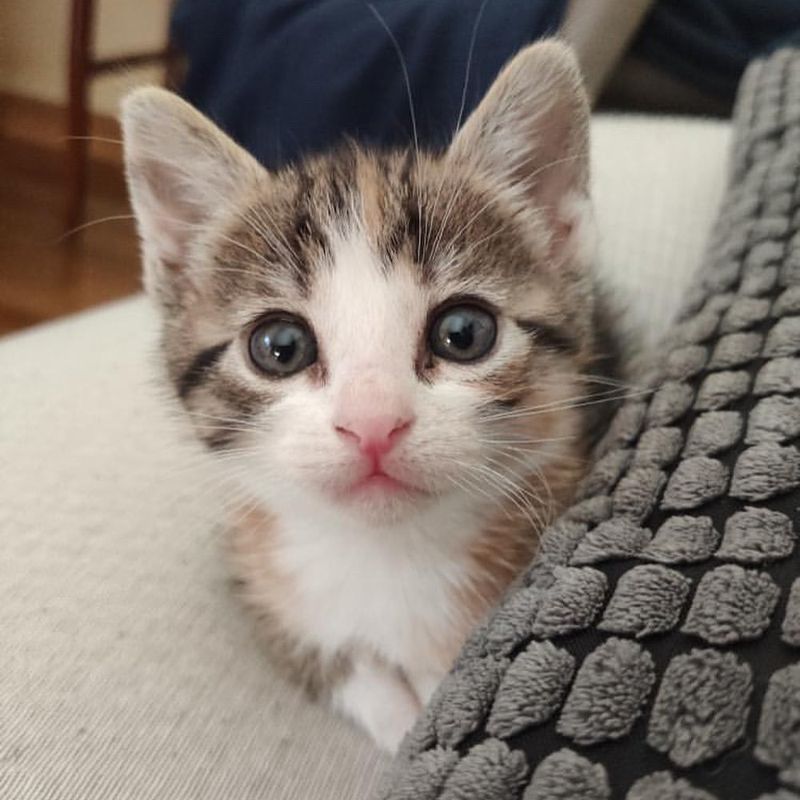
Cats speak volumes without uttering a single word. Understanding feline body language is essential for interpreting your cat’s emotions and responding appropriately. This knowledge helps prevent misunderstandings and fosters a stronger bond.
Picture your cat’s tail as a barometer of their mood. A high, quivering tail signals happiness, while a twitching tail can indicate irritation. Similarly, ears held forward show interest, whereas flattened ears suggest fear or aggression.
By learning these signals, you can adjust your interactions to suit their emotional state. This understanding prevents conflicts and encourages positive behavior. Your cat feels understood and valued, reducing stress and enhancing their overall demeanor. By speaking the silent language of cats, you create a respectful and harmonious relationship that benefits both of you.
9. Limit Stressful Situations
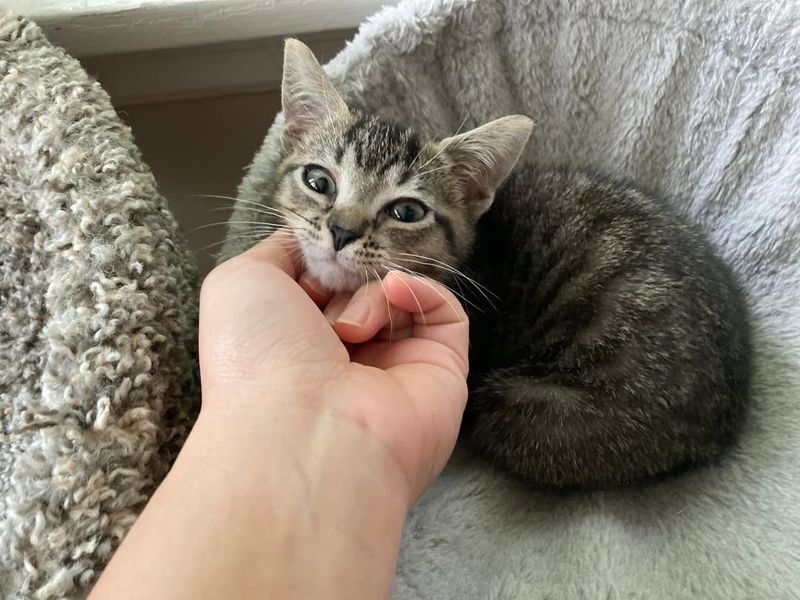
Stress can turn a well-behaved cat into a bundle of nerves, leading to unwanted behaviors like spraying or excessive scratching. Identifying and minimizing stressors is key to maintaining a peaceful household.
Imagine a world tailored to your cat’s comfort. Loud noises, chaotic environments, or unfamiliar people can all trigger stress. Creating a serene space with comforting elements like soft bedding and gentle lighting helps soothe their nerves.
Use pheromone diffusers or calming sprays to further reduce anxiety. By limiting stressful situations, you encourage your cat to remain calm and well-mannered. Your home becomes a sanctuary, where both you and your cat can relax and enjoy each other’s company. Remember, a stress-free cat is a happy cat, and a happy cat is a joy to live with.
10. Train with Patience and Consistency
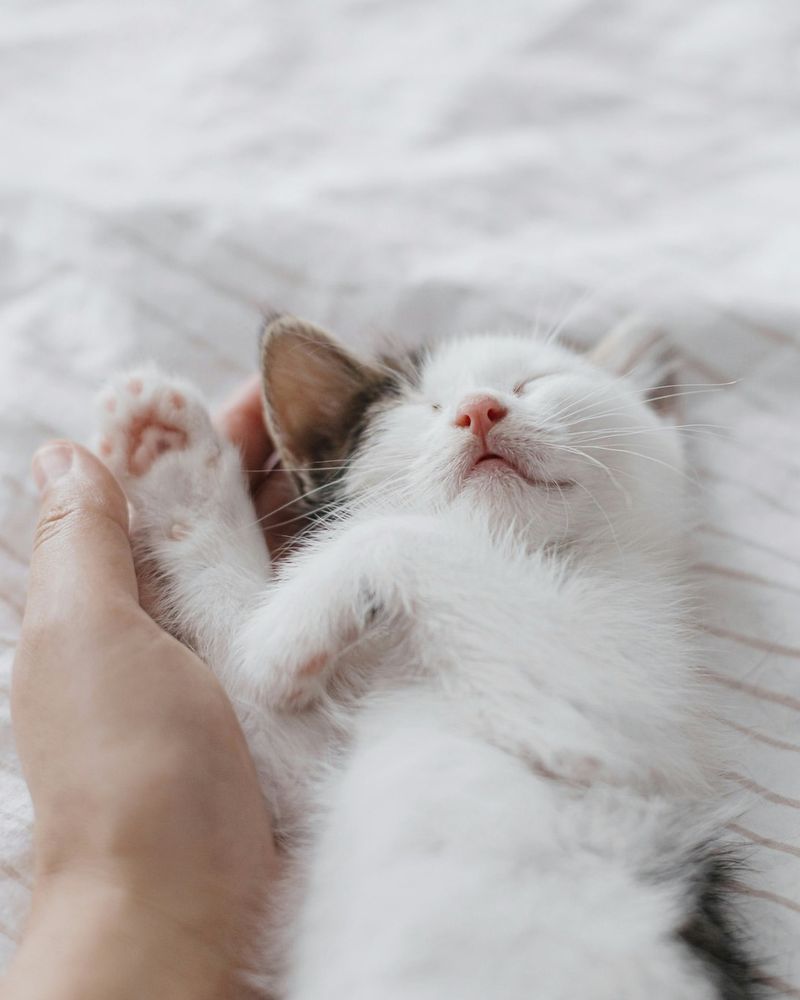
Rome wasn’t built in a day, and neither is a well-behaved cat! Training requires patience and unwavering consistency. These two elements are the backbone of successful feline education.
Short, regular sessions work best, keeping your cat engaged without overwhelming them. Use clear commands and consistent rewards to reinforce good behavior, creating a positive learning environment. Patience pays off, as does celebrating small victories. Each session brings you one step closer to your goal, fostering a well-behaved cat who understands the house rules.
Training with patience and consistency not only improves behavior but also strengthens the bond between you and your feline companion. It’s a partnership where both parties win, leading to a harmonious and happy home.
11. Provide a Balanced Diet
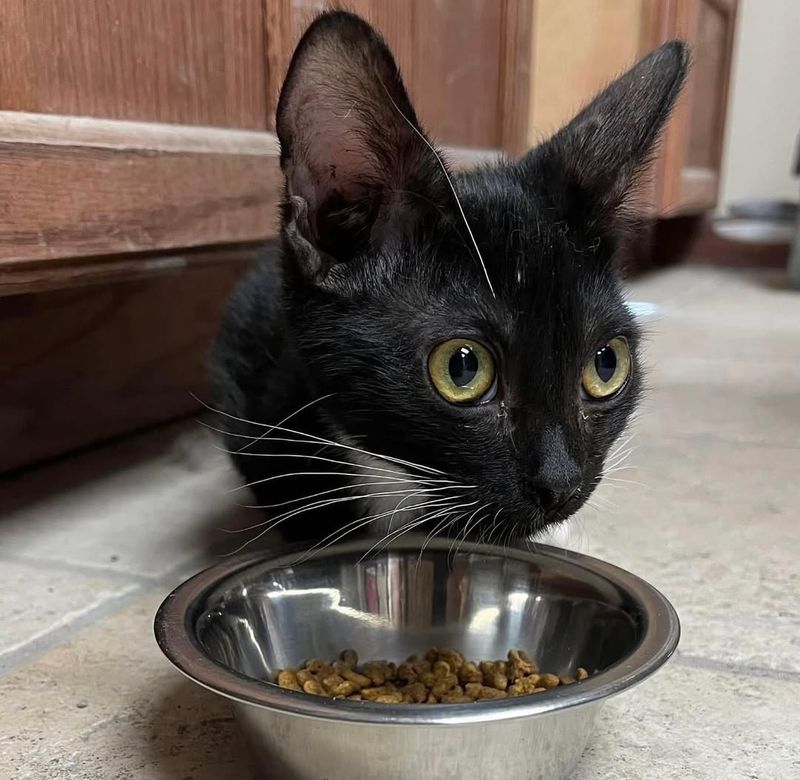
You are what you eat applies to cats too! A balanced diet is essential for your cat’s health and behavior. Proper nutrition fuels their energy, supports growth, and maintains mental sharpness.
High-quality cat food provides all the necessary nutrients without fillers. Consult your vet to determine the best diet for your cat’s age, weight, and health status.
Avoid overfeeding or feeding unhealthy treats, as obesity can lead to lethargy and behavior issues. A well-fed cat is more likely to be active, playful, and well-behaved. By investing in their diet, you’re investing in their future, ensuring they live a long and happy life by your side. Good food equals good mood, creating a content and well-mannered feline companion.
12. Encourage Natural Instincts

Cats are hunters at heart, driven by instinctual behaviors that crave expression. Encouraging these instincts in a controlled manner channels energy positively, reducing the chances of mischief.
Toys that mimic prey, like feather wands or laser pointers, offer an outlet for these natural behaviors. Providing opportunities for exploration and play satisfies their instincts, keeping them mentally and physically sharp. This engagement not only prevents boredom but also nurtures a happy, well-behaved cat.
By embracing their nature, you enhance their quality of life, making your home a more harmonious and exciting place for your feline friend.
13. Love and Affection
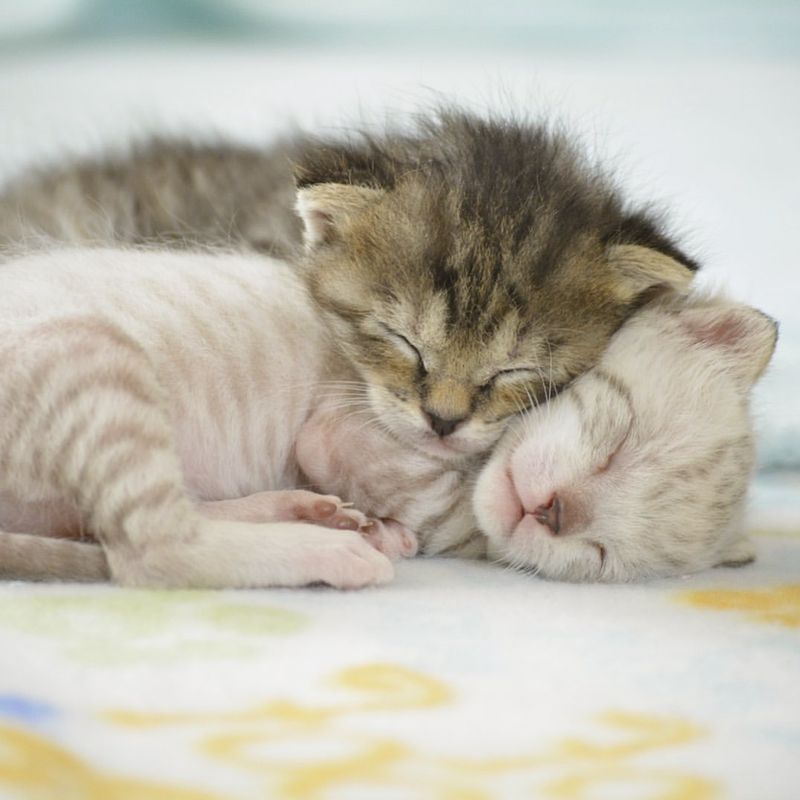
Love is the universal language that transcends species, and your cat is no exception. Offering love and affection is vital for building trust and a strong bond with your feline companion.
Regular affection, whether through petting, gentle brushing, or simply spending time together, reassures your cat of your love and care. This bond fosters security, leading to improved behavior.
Every cat is unique in its affection needs, so tailor your approach to their preferences. Some enjoy cuddles, while others prefer a more hands-off show of love. Respecting their boundaries while consistently offering affection creates a balanced relationship. A well-loved cat is a happy cat, and happiness translates to a well-behaved pet. Your love is the foundation of your cat’s world, making every moment together a joy.
